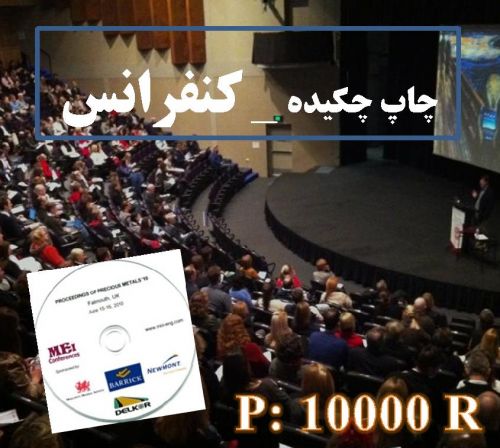Petrochemical industries and petroleum refineries generate large amounts of priority pollutants. In the present study we report the ability of Haloarcula sp. IRU1 isolated from hypersaline Urmia lake, Iran in production of CR from Petrochemical wastewater as carbon source. Haloarcula sp. IRU1 was cultivated in 100mL Erlenmeyer flasks containing 20mLof a basal medium and incubated in a shaker at 42 ◦C and 140rpm for 7 days under aerobic conditions. Cells from 10 ml culture broth were harvested by centrifugation, and were lysed by resuspending in equal volume (10 ml) of deionized water containing (0.01 mg) DNase (Fermentase). The absorbance at 568 nm was first measured in the dark . The mixture was exposed to light for 24 h to remove retinal from membrane, and again the absorbance was measured . The results showed the highest BR production by Haloarcula sp. IRU1 (15.01% of cell dry weight) in the presence of 0.5 ml petrochemical wastewater, 0.001 g/l KH2PO4 and 0.025 g/l yeast extract. In overall, the results of this study showed that Haloarcula sp. IRU1 has a high potential for synthesis of BR from petrochemical wastewater. Experimental results of this study illustrated that Taguchi method is an efficient method for optimizing the process parameters to maximal BR production. KH2PO4 and yeast extract concentration significantly influenced the BR production by Haloarcula sp. IRU1. We can conclude that halophilic bacteria Haloarcula sp. IRU1 has potential for synthesis of PR from petrochemical wastwater as carbon source in different conditions.
کلید واژگان :Petrochemical wastwater, bacteriorhodopsin, Haloarcula
ارزش ریالی : 100000 ریال
با پرداخت الکترونیک
جزئیات مقاله
- کد شناسه : 6148566736929842
- سال انتشار : 2015
- نوع مقاله : چکیده مقاله پذیرفته شده در کنفرانس ها(فایل کامل مقاله بارگزاری گردد)
- زبان : انگلیسی
- محل پذیرش : The 16th International and Iranian Congress Of Microbiology
- برگزار کنندگان : Shahid Beheshti International Conference Center – University, Tehran, Iran
- تاریخ ثبت : 1395/11/10 08:52:49
- ثبت کننده : آذر امیری
- تعداد بازدید : 183
- تعداد فروش : 0
